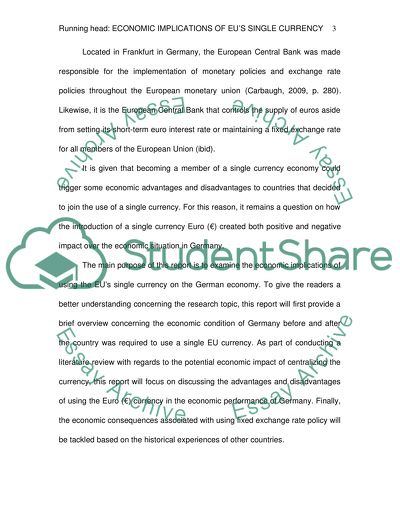Cite this document
(“Economic implications of the EU's single currency on German economy Literature review”, n.d.)
Retrieved from https://studentshare.org/gender-sexual-studies/1412904-economic-implications-of-the-euyies-single
Retrieved from https://studentshare.org/gender-sexual-studies/1412904-economic-implications-of-the-euyies-single
(Economic Implications of the EU'S Single Currency on German Economy Literature Review)
https://studentshare.org/gender-sexual-studies/1412904-economic-implications-of-the-euyies-single.
https://studentshare.org/gender-sexual-studies/1412904-economic-implications-of-the-euyies-single.
“Economic Implications of the EU'S Single Currency on German Economy Literature Review”, n.d. https://studentshare.org/gender-sexual-studies/1412904-economic-implications-of-the-euyies-single.


